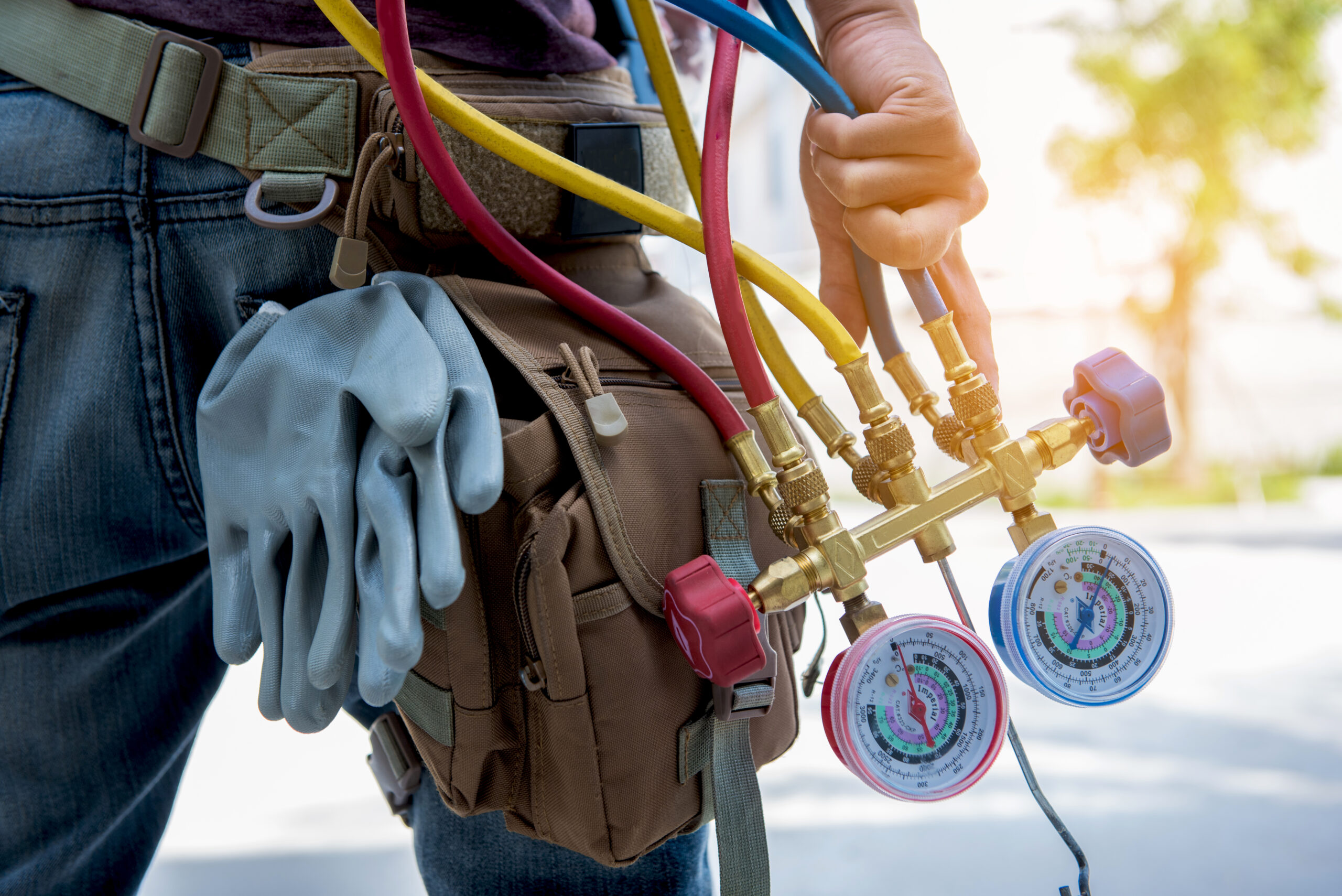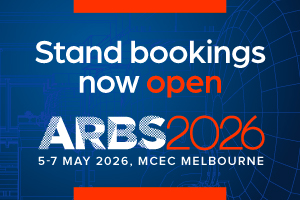AIRAH opposes plan to lower the bar for our trade
The most recent report from the Productivity Commission has included a recommendation to lower entry requirements for refrigeration and air conditioning technicians in NSW – a move which AIRAH has opposed.

In August, the Commonwealth Productivity Commission issued interim reports that explored how to boost Australia’s flagging productivity across five reform areas. The reports contained many recommendations, including the lowering of state-specific entry requirements for refrigeration and air conditioning technicians, as well as other trades such as hairdressers, painters and decorators.
AIRAH has provided feedback to the Productivity Commission strongly opposing the recommendation for refrigeration and air conditioning technicians.
But before looking at the specific issue, it’s worth understanding the context.
The ‘productivity’ story so far
Productivity is an issue that feeds into other broad problems such as the housing crisis and the cost-of-living crisis. It is interesting and powerful in that it is apolitical – where topics such as the tax system and climate change still divide parts of our country, no one is really against making things more productive. And yet, it’s not always easy to pinpoint what being more “productive” means or why we would want it.
To answer these broader questions, over the past year the Commonwealth Productivity Commission has conducted an inquiry to identify priority reforms that will deliver meaningful and measurable change.
Late in 2024, the commission asked for productivity pitches across five reform areas, including “building a skilled and adaptable workforce”, which covered licensing.
Based on these pitches, a short-list of policy ideas was developed at the start of 2025, and the Productivity Commission sought feedback through a questionnaire in May and June. This feedback was incorporated into longer interim reports that were released in August, again with a call for comments. AIRAH has been engaging with this process by collecting member feedback and making submissions to the Productivity Commission.
The recommendation to lower entry requirements for refrigeration and air conditioning trades in NSW appeared in the most recent interim report.
The licensing context – why change NSW?
Australia’s licensing landscape for refrigeration and air conditioning technicians is a patchwork. No two jurisdictions are the same, and to complicate matters, the occupational licensing at state and territory level is overlaid with our national ARCtick licensing system that focuses on refrigerants, with the goal of protecting the environment.
NSW differs from other jurisdictions in that the regulator requires a Certificate III level qualification in refrigeration and air conditioning. In other parts of the country, trades such as electricians and plumbers can install split system air conditioners up to 18kW, provided they have the relevant local licenses and an ARCtick restricted licence.
The fact that NSW has established this minimum requirement is seen as a positive by the HVAC&R industry. In fact, in conversations with regulators in other jurisdictions, AIRAH often refers to the NSW framework – particularly the latest version proposed under the incoming Building Bill – as the model to strive towards.
In the interim report, the Productivity Commission asserted that in jurisdictions like Queensland where other trades such as plumbers and electricians are doing refrigeration and air conditioning work, “no evidence of poorer quality or riskier work” has been provided.
According to the Productivity Commission, analysis undertaken for a previous inquiry found that the frequency of serious workers’ compensation claims per million hours worked in NSW (8.3) is comparable to Queensland (8.8) and higher than Victoria (5.2). From this they inferred that the additional licensing requirements in NSW do not markedly improve worker safety.
AIRAH’s response
AIRAH has responded to the interim report indicating that lowering the minimum entry requirements for air conditioning and refrigeration technicians would create risks to consumers, workers, and the environment.
In particular, we refute the suggestion that there is no evidence of poorer quality outcomes when associated trades perform refrigeration and air conditioning work. In the absence of hard data from regulators on the quality of installations done by differently qualified trades – data that AIRAH would, incidentally, welcome – the on-the-ground feedback is that the introduction of Certificate II workers has weakened the HVAC&R sector, and the outcome has actually been to create a less skilled workforce.
A similar response to the recommendation came from other industry bodies, including AMCA and the ARC.
The final report to the government will be delivered in December.
Read AIRAH’s submission
You can read AIRAH’s full submission on the Institute’s website.
Image courtesy of EyeEm via Freepik
PREV
NEXT
Comments
Advertisements
Recent news
- ARC unveils streamlined reporting tool
- Aiming high for cooling tower efficiency
- RAC teaching team recognised at RMIT Awards
Latest events
- Melbourne School of Design to host ASA2025 conference
- HVAC&R industry’s finest shine at 2025 AIRAH National Awards
- Nominations open for ARBS Awards 2026
 Mark Vender
Mark Vender

Leave a Reply